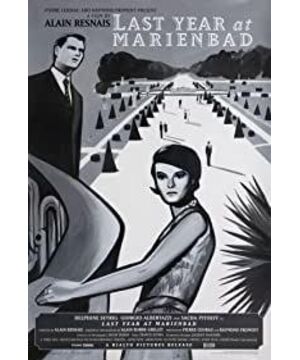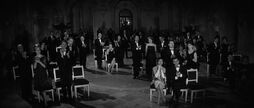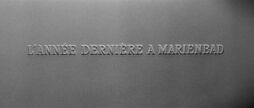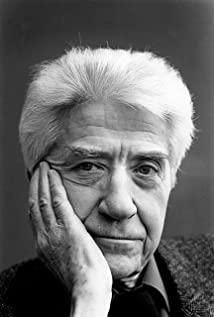A high-level literary film, the form (sense of space, beauty) and consciousness are blended! I thought the stream of consciousness in the opening chapter had reached the top, but I didn't expect the stream of consciousness to run through the entire film, and the use of images by Resnais just filled the space and form of the stream of consciousness, and the characters endowed this kind of conscious beauty between dynamic and static. The film has a certain complexity, and it is difficult to sort out a few lines, which run through the film’s male ravings (representing the past between men and women, women are escaping and forgetting, and men are trying to guide women’s memories), character dialogues (representing men and women in the present tense) , and hook up with the past), is there a future I actually type "?", the future is illusory, but the movie also seems to have created some kind of intersection between the past and the future, is it like a babble at the end? It is a mystery how women and men finally came together, and how did they come together? I like the contrast between moving images and static characters/environments, and I like male ravings. This combination is like a consciousness flowing in time, retracing the past, standing in the present, and exploring the future! Video 100 points Script 100 points Director 100 points Performance 95 points Innovation 100 points Work points 99 points Content coefficient 0.95 Film history points 94 points
I'm wondering if this work has some similarity in form (about love, forgetting, time, memory, space) and East Evil West Poison, I wonder if Wong Kar Wai was inspired by this!
View more about Last Year at Marienbad reviews










